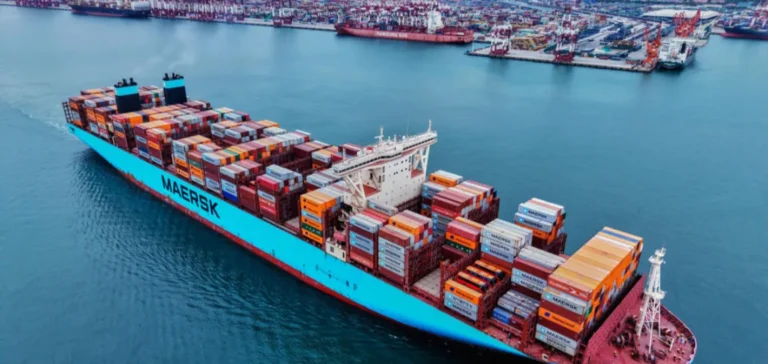China’s clean technology exports reached $20bn in August 2025, marking an unprecedented monthly level for the world’s leading exporter of electrotechnical equipment. This surge is primarily driven by increasing demand for electric vehicles (EVs) and batteries, now accounting for the majority of the sector’s export value.
Vehicles and batteries dominate trade flows
Between January and August 2025, EV exports rose by 26% compared to the same period in the previous year, while battery exports increased by 23%. These two segments now exceed the total value of solar exports, which fell by 19% over the same period. By contrast, exports of grid-related equipment (+22%), wind technologies (+16%), and heating and cooling systems (+4%) saw more modest increases.
Despite ongoing price declines in clean technologies, global demand remains strong. Solar panel exports reached 46 gigawatts (GW) in August, surpassing Australia’s entire installed solar capacity. However, their total value remains 47% below their March 2023 peak due to sustained pricing pressure in the sector.
Non-OECD markets accelerate adoption
Emerging markets now account for 51% of the growth in China’s EV exports in 2025. In the Association of Southeast Asian Nations (ASEAN) region, exports rose by 75%, with Indonesia leading the surge, becoming the world’s ninth-largest EV market. In August 2025, battery electric vehicles accounted for 14% of new car sales in the country, up from 9% a year earlier.
Africa also recorded a sharp increase, with EV exports from China rising 287% between January and August 2025. Morocco saw the highest absolute growth, while Nigeria’s imports were six times higher than the previous year.
Redefining China’s energy system
Meanwhile, domestic demand for clean technologies remains robust. In August 2025, EVs accounted for 52% of new car registrations in China. During the first half of the year, the country installed more solar panels than the rest of the world combined, reinforcing its dominance in the industry.
The national energy strategy is centred around large-scale electrification, supported by stable public policies. This structural shift is driving continued export growth and positioning Chinese technologies at the core of global energy transitions, especially in developing economies.






















